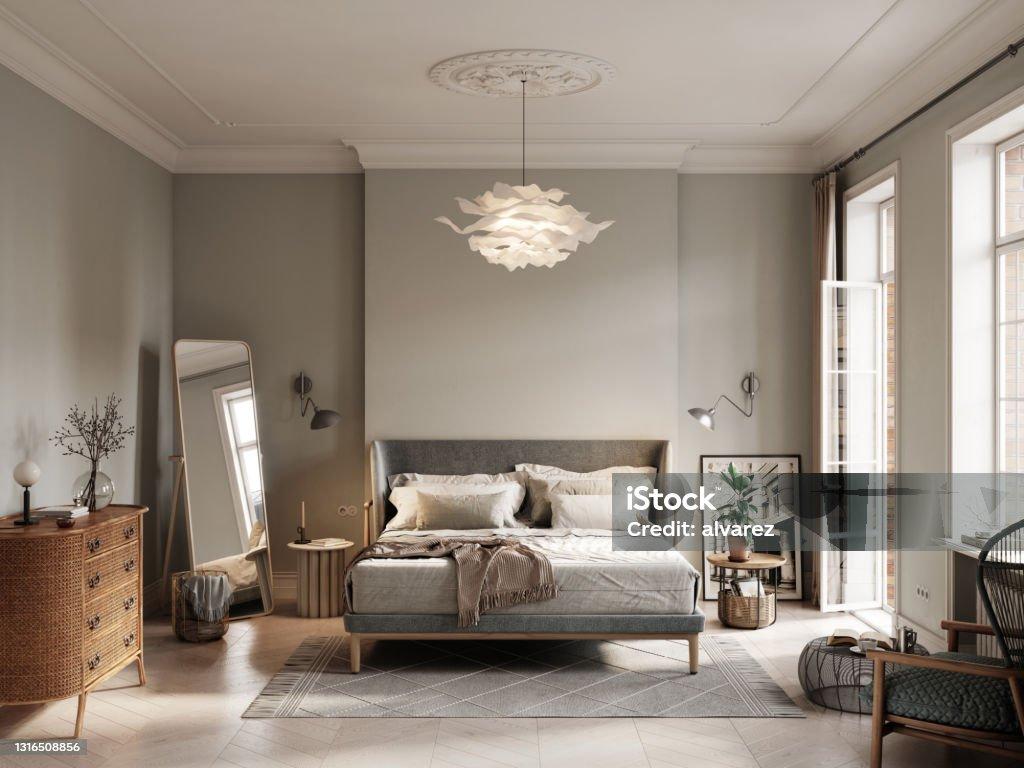Introduction to Mirror Hanging
Mirror hanging is more than just a functional aspect of interior design; it’s an art form that enhances the aesthetics of your space. Whether you’re aiming to create the illusion of space, amplify natural light, or simply add a touch of elegance, the way you hang mirrors plays a crucial role in achieving your design goals.
Choosing the Right Mirror
Reflecting Your Style
Before diving into mirror hanging techniques, start by selecting mirrors that complement your interior style. Whether it’s a sleek and modern frameless mirror, an ornate vintage piece, or a statement decorative mirror, choose a style that harmonizes with your overall design concept.
Considering Size and Placement
The size and placement of mirrors significantly impact the visual dynamics of a room. Large mirrors can make a small space feel more expansive, while strategically placed mirrors can enhance natural light and create focal points. Consider the dimensions of your space and the specific areas you want to accentuate.
Mirror Hanging Techniques
Creating a Gallery Wall
For a dynamic and visually striking effect, consider creating a gallery wall of mirrors. Mix and match mirrors of different shapes and sizes, arranging them in an eye-catching pattern. This adds an element of creativity and personalization to your space.
Leaning Mirrors
Leaning mirrors against a wall provides a relaxed and contemporary look. This technique is particularly effective for larger mirrors. Experiment with the angle and position to find the optimal placement that complements the flow of the room.
Mirrors as Statement Pieces
If you have a statement mirror with a unique design or distinctive frame, make it the focal point of the room. Hang it on a feature wall or above a fireplace to draw attention and create a visual centerpiece.
Enhancing Natural Light
Strategic Placement
Positioning mirrors strategically can maximize the impact of natural light in a room. Place mirrors near windows to reflect sunlight and brighten dark corners. This technique not only enhances illumination but also contributes to a more vibrant and inviting atmosphere.
Mirrored Furniture
Incorporating mirrored furniture into your space, such as mirrored cabinets, tables, or sideboards, amplifies the reflective effect. This not only serves a functional purpose but also adds a touch of glamour and sophistication to your interior design.
Tips for Mirror Hanging
Proper Wall Anchors
Ensure that you use appropriate wall anchors and hooks to support the weight of your mirrors. This is crucial for safety and stability, especially for larger or heavier mirrors.
Consider Eye Level
When hanging mirrors in spaces where people will be looking at themselves, such as entryways or bathrooms, consider eye level for the average person. This ensures that the mirror is functional and comfortable for everyday use.
Grouping Mirrors
Experiment with mirror groupings to create visual interest. Grouping mirrors of various shapes and sizes on a single wall adds dimension and a sense of artful arrangement.
Customizing Mirror Placement
Reflecting Views
Strategically placing mirrors to capture and reflect scenic views can bring the outdoors inside, fostering a connection with nature. Consider positioning mirrors to capture glimpses of gardens, landscapes, or architectural elements that add depth and visual interest.
Multiplying Light Sources
To maximize the impact of artificial lighting, position mirrors near light fixtures. This amplifies the distribution of light throughout the room, creating a well-lit and inviting ambiance. Experiment with angles to find the most effective placement for enhancing illumination.
Mirror Hanging in Specific Rooms
Bathroom Brilliance
In bathrooms, mirrors are not only functional but also contribute to the overall design aesthetic. Consider framing bathroom mirrors for a polished look that complements the decor. Additionally, installing mirrored cabinets provides storage while reflecting light and expanding the perception of space.
Bedroom Elegance
In bedrooms, mirrors can serve both practical and decorative purposes. Hanging a full-length mirror on the back of a closet door offers a convenient dressing solution. Placing mirrors opposite windows enhances natural light, creating a bright and airy atmosphere conducive to relaxation.
DIY Mirror Frame Ideas
Personalized Touch
Infuse your mirrors with personality by DIY mirror framing. This allows you to customize frames to match your decor or add distinctive features. Consider using reclaimed wood, decorative molding, or even adhesive decals to create unique frames that elevate the aesthetic appeal of your mirrors.
Floating Mirror Shelves
For a functional and stylish twist, consider incorporating floating mirror shelves. These shelves not only provide additional storage but also serve as reflective surfaces. Arrange decor items on the shelves to create a visually dynamic display that combines functionality with aesthetics.
Mirror Hanging Safety Tips
Secure Wall Mounting
For heavier mirrors, ensure secure wall mounting by attaching them to wall studs. Use appropriate anchors and screws to prevent accidents. Safety should always be a priority, especially in spaces frequented by children or pets.
Avoid Direct Sunlight
Position mirrors away from direct sunlight to prevent fading or damage to both the mirror and its frame. Prolonged exposure to sunlight can lead to discoloration and affect the overall longevity of the mirror.
Seeking Professional Assistance
Complex Installations
For large or intricate mirror installations, seeking professional assistance ensures precision and safety. Professional installers have the expertise to handle complex projects, including oversized mirrors or those requiring specialized mounting techniques.
Conclusion: Reflecting Perfection in Design
In conclusion, mastering the art of mirror hanging involves a blend of creativity, functionality, and safety considerations. Whether you’re aiming to enhance natural light, create focal points, or add a personal touch, thoughtful mirror placement transforms spaces into reflections of your unique style. Experiment with different techniques, DIY framing, and professional installations to achieve the perfect balance of form and function.



